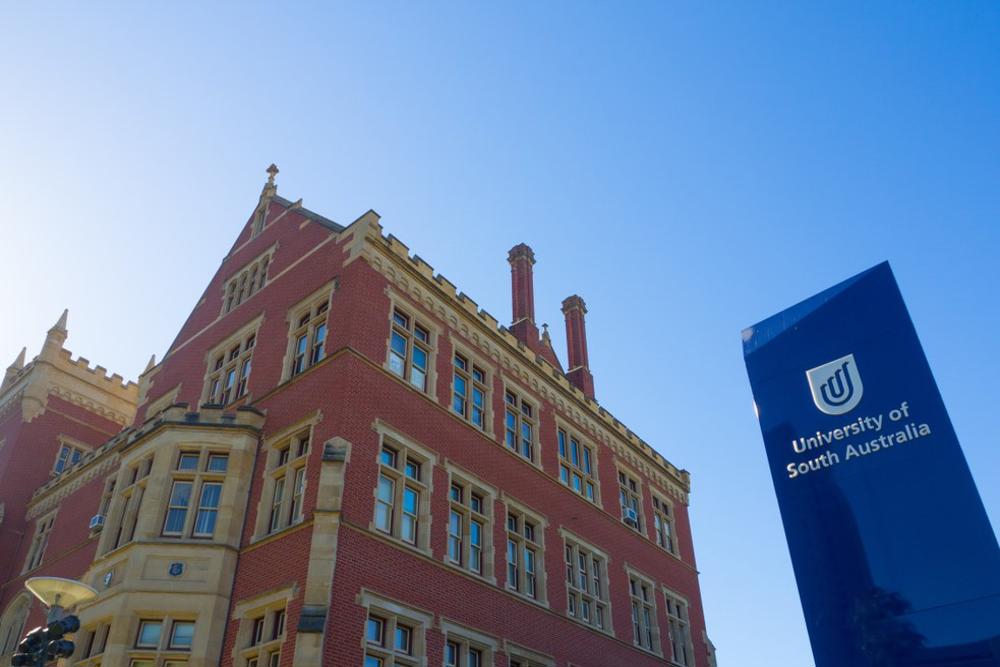
Researchers from the University of South Australia are collaborating with industry partners on a $1.7 million project aimed at recovering valuable metals from contaminated sites in Port Pirie, South Australia, using innovative technology that could potentially unlock up to $40 million worth of metals.
The technology, developed by InnovEco Australia, known as resin in the moist mix (RIMM), has already proven to be more efficient than traditional methods, recovering 90 per cent of copper tailings compared to 75 per cent with heap leach technologies.
Associate Professor Larissa Statsenko, the project lead, highlights that the RIMM process is highly efficient, recovering almost all metals in a single step while consuming less water and reagents with a low environmental footprint.
This technology could recover up to 3200 tonnes of lead and 4500 tonnes of zinc from river and creek sediments around Port Pirie, contributing to both environmental restoration and economic benefit.
Port Pirie, home to a major lead and zinc smelter, has suffered from metal contamination for over a century, with elevated levels of zinc, lead, cadmium, and arsenic posing risks to human health, animals, and marine life.
The contaminated sediments also impact the local habitat and shipping channel, costing the port an estimated $4 million a year in lost revenue due to siltation.
Flinders Ports, one of the project partners, sees this collaboration as an opportunity to explore sustainable options for dredging and recovery strategies.
The project involves partners such as environmental consultants COOE, the SA Environmental Protection Agency, and the University of Adelaide.
Assoc Prof Statsenko emphasises that the project not only aims to clean up the environment but also to recover valuable metals, providing a sustainable solution for Port Pirie’s contaminated sites.










